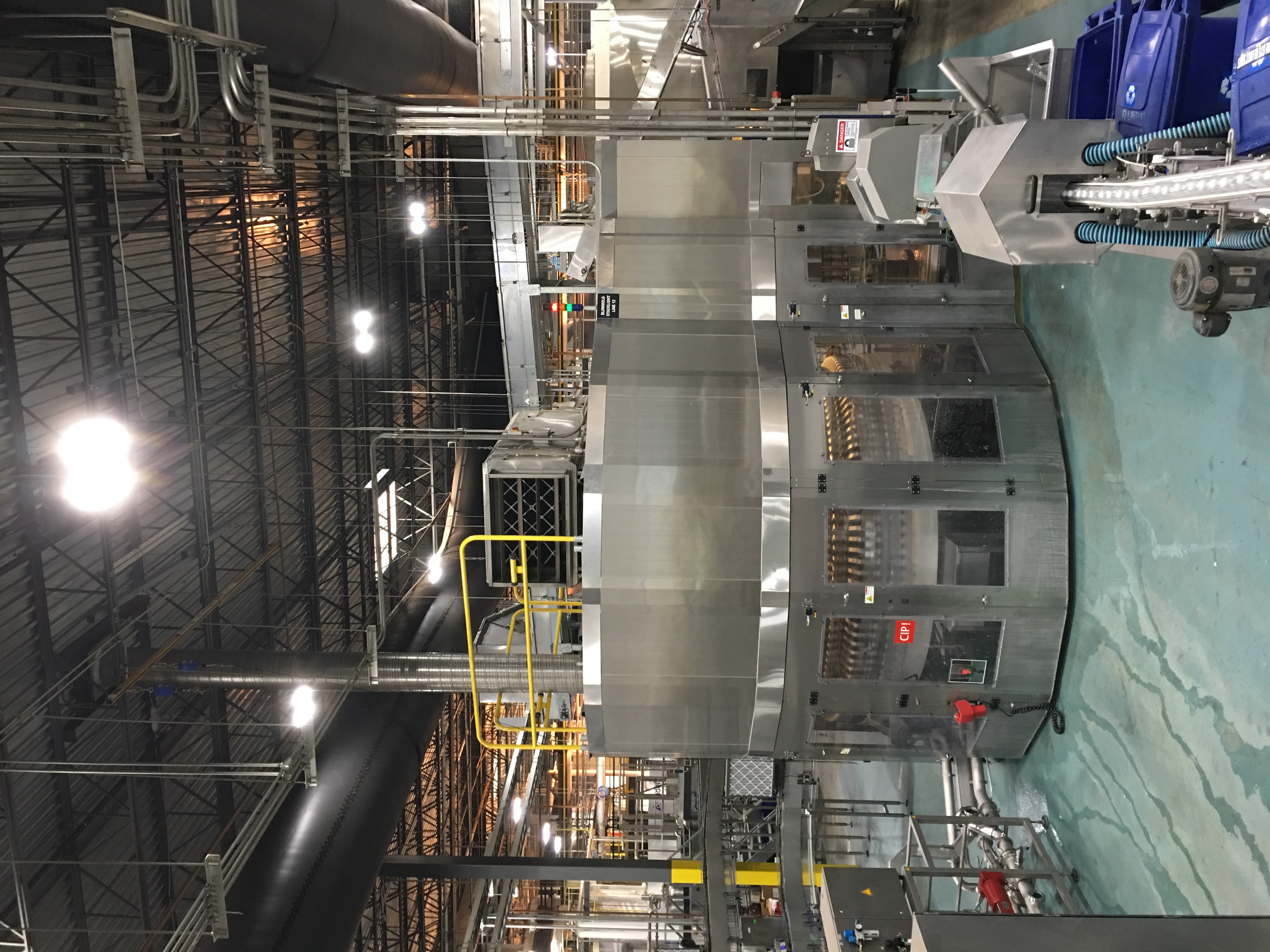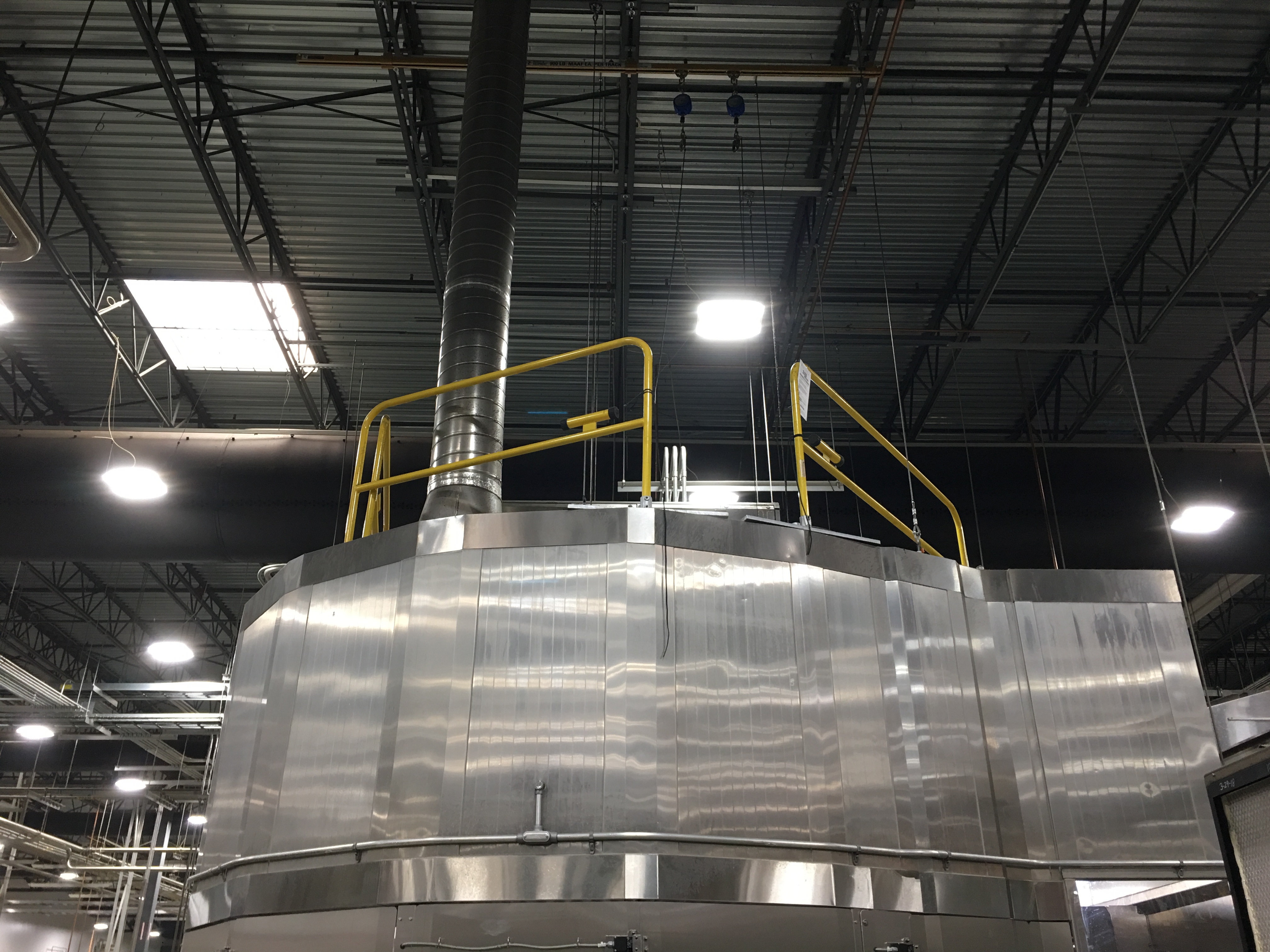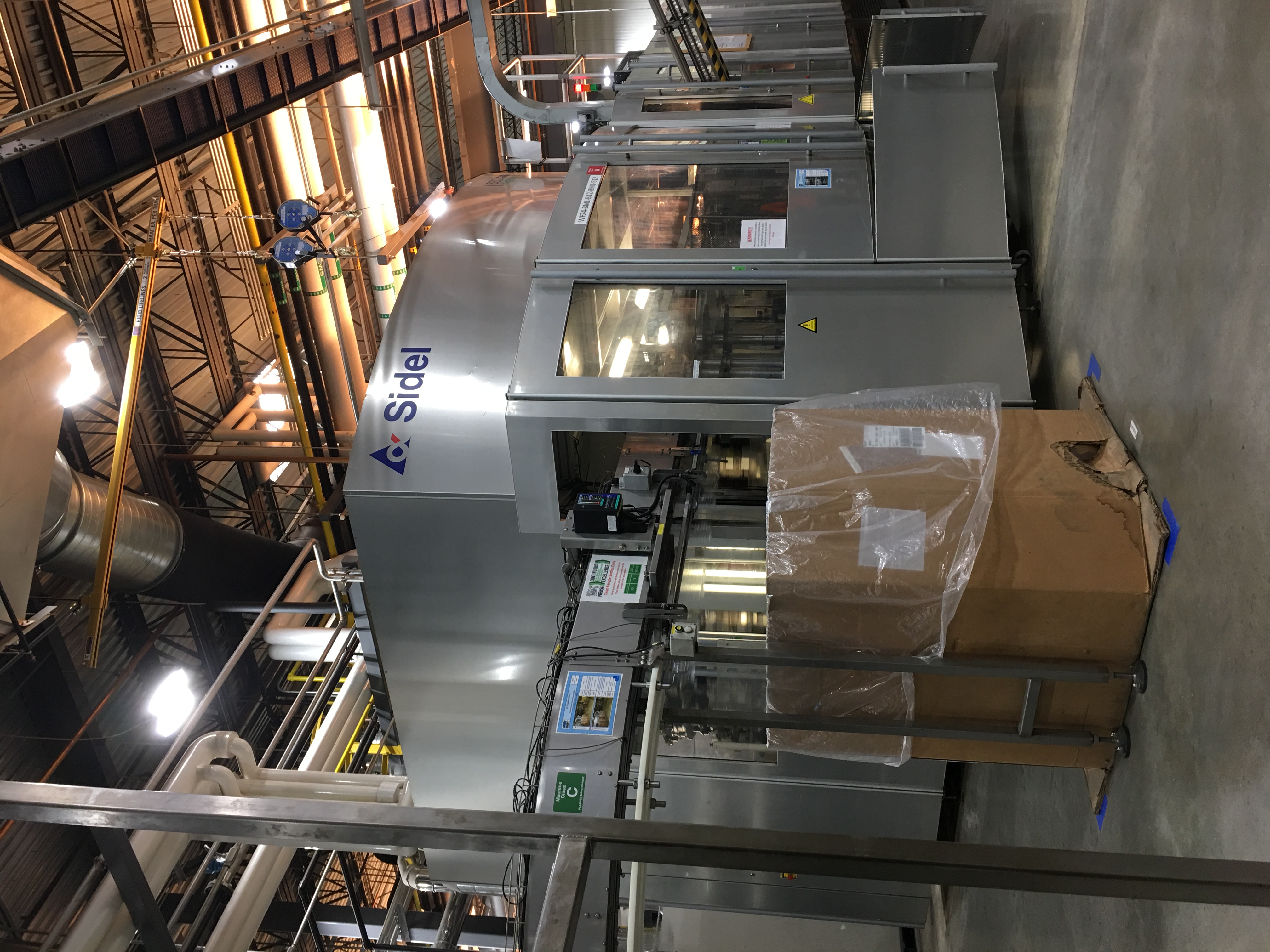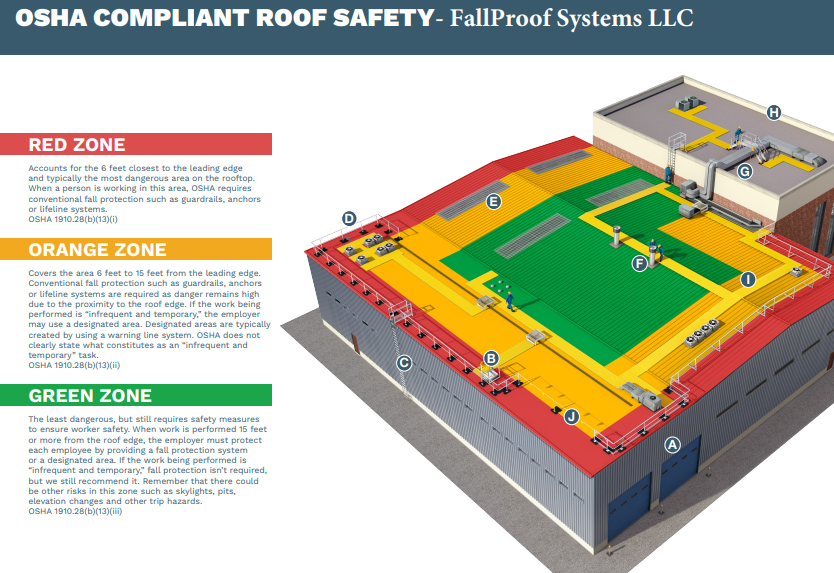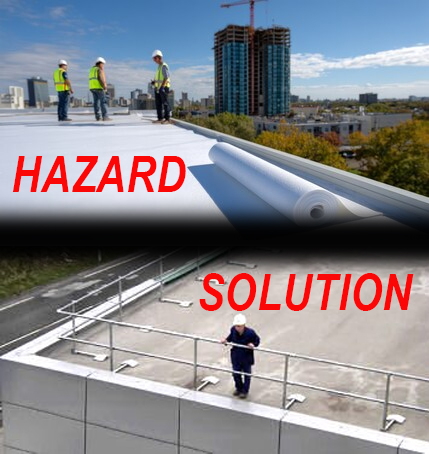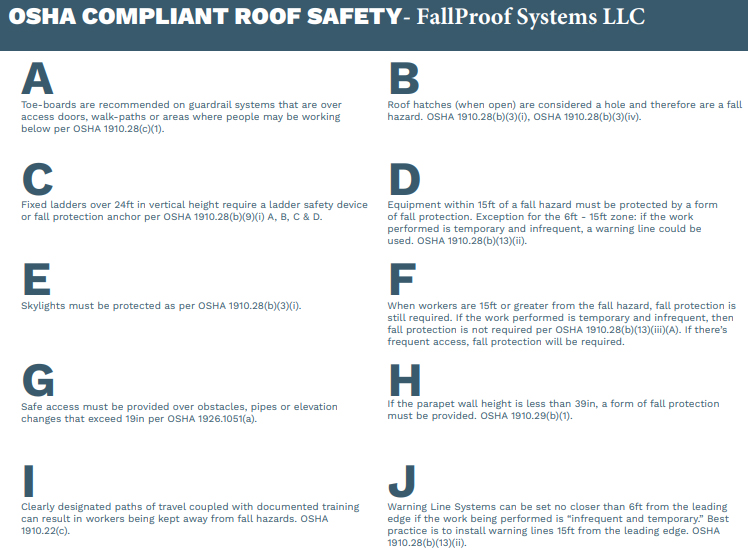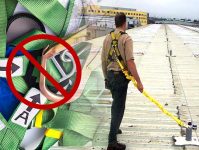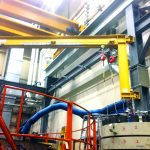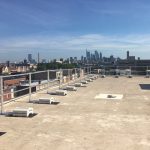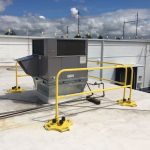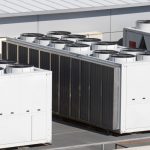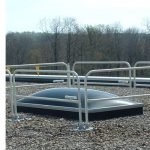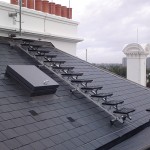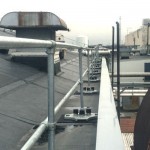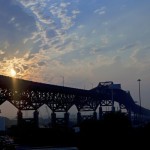Retrofit vs. New Construction: Fall Protection for Every Stage
Why Fall Protection Must Be Planned Early
Falls remain one of the leading causes of serious workplace injuries and fatalities. According to OSHA, falls account for more than 30% of all construction-related deaths annually. Whether you’re designing a new facility or managing an existing one, planning for fall protection early is critical.
The approach to fall protection often differs between new construction projects and retrofitting existing facilities — but in both cases, having a well-engineered, OSHA-compliant solution can reduce risk, lower costs, and protect your workers.
Understanding OSHA & ANSI Standards
When planning fall protection, compliance with OSHA and ANSI standards is essential:
• OSHA 1910 Subpart D – Walking-Working Surfaces
• OSHA 1926 Subpart M – Construction Fall Protection
• OSHA 1910.28 – Duty to Provide Fall Protection
• OSHA 1910.140 – Personal Fall Protection Systems
• ANSI Z359.6 – Specifications & Design Requirements for Active Fall Protection Systems
• ANSI Z359.18 – Anchorages & Certification Guidelines
Understanding these standards ensures your systems are safe, compliant, and properly documented.
Fall Protection for New Construction Projects
New construction provides the unique advantage of integrating fall protection systems into the initial design phase. By working alongside structural engineers, FallProof can ensure permanent anchors, guardrails, and horizontal lifelines are seamlessly incorporated into the building structure.
Benefits include:
• Lower installation costs
• Faster OSHA certification
• Reduced retrofit expenses down the road
For example, if roof anchors are installed during steel fabrication, they become part of the structural design rather than requiring expensive retrofitted solutions later.
Fall Protection for Retrofit Applications
For existing facilities, retrofitting fall protection comes with its own set of challenges. These may include limited structural load capacities, existing roof membranes, HVAC equipment, and facility downtime concerns.
FallProof specializes in providing custom-engineered retrofit solutions that balance safety, cost, and operational continuity. Our team designs, installs, and certifies retrofit systems while minimizing disruption to your operations.
Cost & Liability Comparison
Delaying fall protection until after construction often results in higher overall costs. Retrofitting requires additional engineering, material adjustments, and installation challenges that can significantly increase expenses. Additionally, operating without proper fall protection exposes companies to OSHA fines, potential lawsuits, and reputational risks.
By planning fall protection during the design phase, facility owners can achieve significant cost savings and ensure long-term compliance.
Case Study: Engineered Rigid Anchor Track & Single-Point Anchors
- Client: Nestlé Waters – Breinigsville, PA 18031
• Challenge: Multiple elevated work areas lacked OSHA-compliant fall protection for technicians maintaining overhead equipment.
• Solution: FallProof performed a comprehensive hazard assessment and installed a combination of rigid anchor tracks and engineered single-point anchors. All systems were designed with certified drawings to meet ANSI Z359.6 specifications and OSHA Subpart D/M requirements.
• Results: Zero fall incidents since installation, 100% compliance, and predictable long-term maintenance costs through our annual inspection program.
Why Partner with FallProof Systems
FallProof Systems offers end-to-end expertise in engineered fall protection solutions, from initial hazard assessments to certified designs and multi-year maintenance programs.
Our services include:
• Engineered system design & certification
• Annual inspections and multi-year support agreements
• Discounted soft goods, including harnesses and SRLs
• New partnership with Never Let Go for tool tethering solutions
We help facilities remain compliant, safe, and efficient year after year.
Conclusion & Next Steps
Whether you’re managing a new construction project or upgrading an existing facility, fall protection planning must be a priority from the start. The cost of non-compliance is high, but the cost of prevention is manageable with the right partner.
Contact FallProof Systems today for a free safety assessment and consultation to determine the best fall protection solutions for your facility.
📅 Schedule your free fall protection assessment »
📞 Let’s get started: (609)-325-5555

